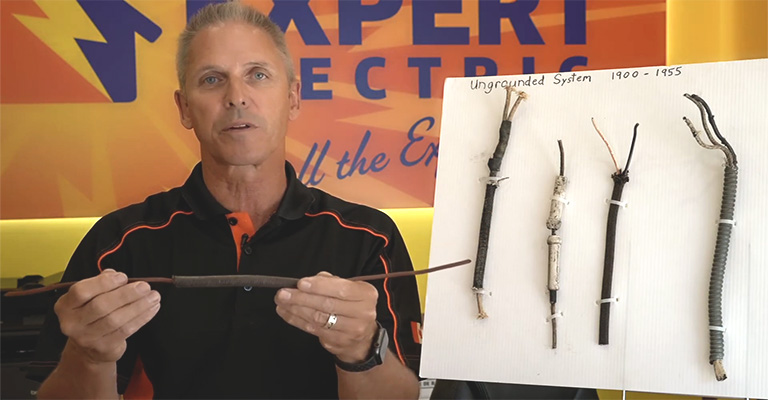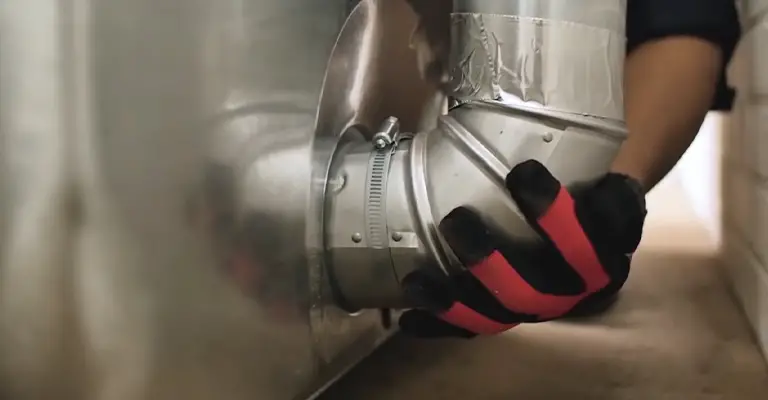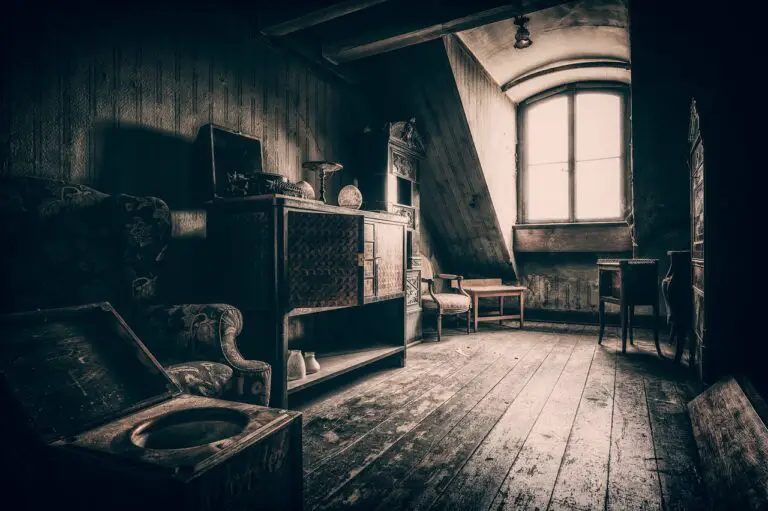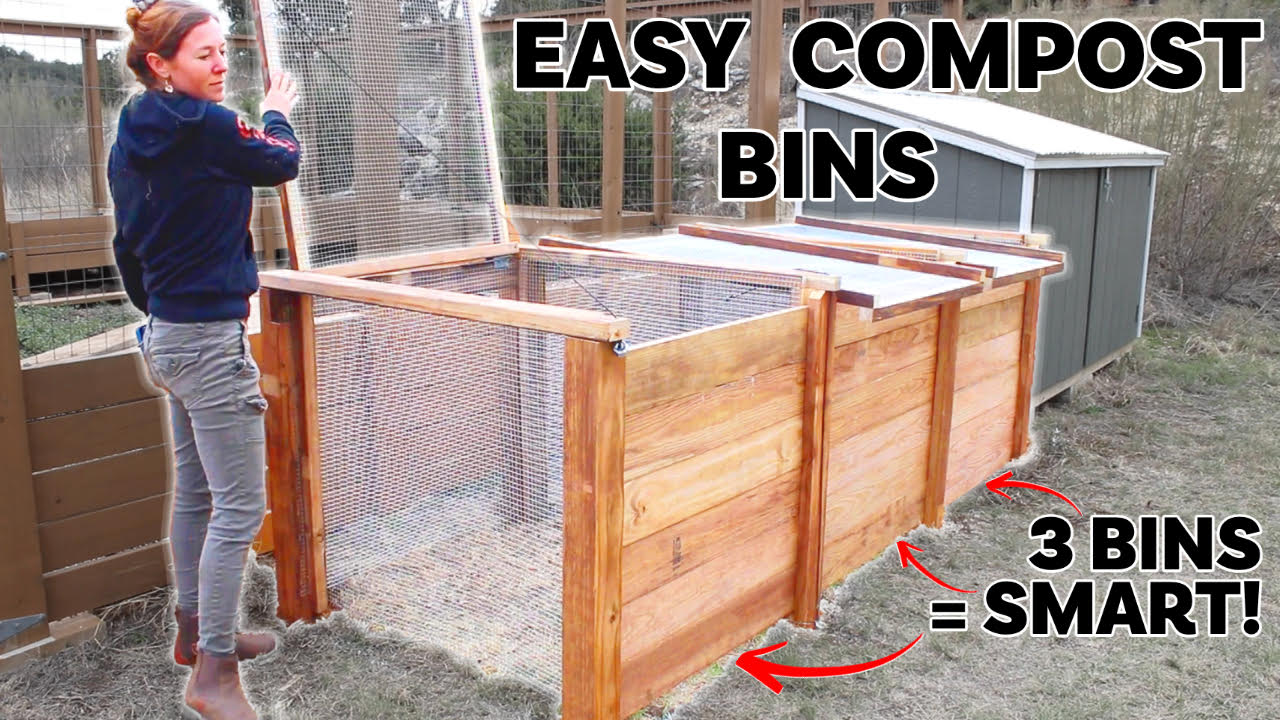Replacing Knob and Tube Wiring in Plaster Walls
It can get challenging when you are replacing knob and tube wiring in plaster walls. Fortunately, you can do so without tearing down your drywall or plaster. Let’s go through a step-by-step process on how we can do so.
What is Knob and Tube Wiring?
Knob and tube wiring is a type of wiring that uses knobs and tubes to hold the wire in place. The knobs often come in contact with a component of the house, such as wooden beams. The tubes protect the wire from fraying or being in contact with wood or drywall. Knob and tube wiring is a more expensive option, but it’s also more durable. You can find knob and tube wiring in a variety of colors and styles to fit your home.
Knob and tube wiring is commonly used in older homes. The wires are enclosed in a metal casing and are threaded on the ends. Knob and tube wiring is popular in places where there is a lot of water and moisture. It is a less expensive option than wiring in a new home. Knob and tube wiring is less likely to break and it is easier to repair.
How to Replace Knob and Tube Wiring in Plaster Walls

If your plaster walls are in need of a knob and tube wiring replacement, there are a few steps you can take to make the process easier.
You’ll need to remove the old wiring and replace it with new, compatible wiring. be sure to use the correct size screws and connectors to ensure a secure connection. Once the wiring is in place, be sure to seal the plaster around the wires with a good plaster sealant. Remember to take care when working with plaster walls – they can be delicate and easily damaged.
Step 1: Get a Clear Picture of Your Wiring System
Before going forward with anything, you need to first know your existing wiring system. Having a firm idea of the necessary cable dimensions is important.
You don’t want to rush to the store to buy the extra cable while working on the project.
If you have the building plans or blueprint for your home, that would be very useful in getting a proper idea. You find how the wires go from the floors to different rooms. Make sure you have a clear idea of the system before going into the basics.
Step 2: Prepare a Solid Plan
After you have successfully got a clear idea of the existing wiring system of your home, it’s time to go plan out the process. Rewiring your home is a difficult process that might become hard to do without a strategy.

Good planning can also help you figure out which areas deserve particular attention. You’ll also need to figure out what tools and equipment you’ll need for the job. Most essential, incorporate proper safety measures into your strategy.
It’s best if you draw out the entire thing on a piece of paper & what things you’ll need along the way. You’ll have to design the unique circuitry that works for you. Make a diagram of the many pathways that will be necessary to correct the new writing.
Step 3: Make Space For The New Wiring
You’ll need to make room for the cables to pass through. You may have to remove insulation in certain spots to acquire the best path for the new wires.
As you are installing new wires without removing the drywall, there will be some complications. One of such is that you’ll have much less space to work with. Remember to clean up the area surrounding the electrical outlets as well as the rest of the room.
Step 4: Turn Off the Main Power Supply(A Must Do)
This is the most crucial step before going to do the main work. You have to turn off the main circuit before you start working with the wires. It’s better to just turn off the main power of the entire house.
You don’t want to be risking your life doing this. You have to ensure proper safety while you are working on this. Make sure you’re working during the daytime too so that you can go through the work properly.
Step 5: Detach the Old Wiring
Now it’s time to do the main job. Pull out the old wirings carefully through the walls. You’ll have a hard time doing this as old wirings tend to be stapled to the wall & plaster. Make sure you don’t damage the wall while doing soo.
You can cut the exposed wires that are cramped through small spaces. These wires are not reusable, so you need to salvage them. You may need to make holes in certain points of your walls to pull the wires off.
If some wires are just cramped together and plastered, then just leave them as be & make space to put new wires along with them.
Step 6: Installing with New Wires
Just like removing the old wires, installing new wires is going to be very challenging. You must pre-cut a hole for each box in the circuit before placing a new wire. You can use a drill machine to do so. Taking assistance while doing this task is recommended as it might be hard to do it solo.

You have to repeat the same steps in every room in the house. Start by doing one room at a time. It’s better to have patience while doing such work.
Knob and Tube Wiring Replacement Cost in Plaster Walls
The cost will depend on the size of the wall and the type of wiring. It costs around $7000.
There are a few other factors to consider when estimating the cost, such as the age of the wiring and the complexity of the job.
A qualified professional should be contacted to inspect the wiring and give you an estimate of the cost. There are a few DIY options available, but they could lead to costly mistakes.
FAQs
What precautions should be taken before rewiring?
Make sure you have proper assistance in doing the rewiring. Cutting the main power is vital before doing the work. Carry a flashlight with you, you’ll be needing it for sure.
Can an amateur replace the whole wiring of a house?
If you have no prior experience then it’s better to just leave it to the experts. Nobody wants any accidents while doing the work. It will also take some time for you to complete the entire process.
What Are the Different Types of Doorknobs?
There is a variety of doorknob styles to choose from. They can be classified into three major categories: passage door knob, privacy doorknob, and mortise doorknob. Passage door knobs are the most popular. They have a simple design with a handle that protrudes through the door frame. Privacy locks have their own lever on the inside which is hidden from view if someone pulls on the outside of the door handle.
Conclusion
When dealing with the replacement of knob and tube wiring within plaster walls, understanding the intricacies of your home’s electrical wiring is crucial. The knob and tube system, a precursor to modern wiring methods, lacks a ground wire, posing significant risks to your electrical systems. Over time, the insulation on these wires can deteriorate, leading to exposed wiring that is not only a fire hazard but also a violation of current electrical codes.
Upgrading to a modern wiring system ensures the safety of your home’s electrical system and its compliance with contemporary standards. It’s a complex process that involves carefully removing the outdated knob and tube wires without damaging the historic plaster walls and wood framing. Hiring a skilled electrical contractor who specializes in updating electrical systems in older homes is essential. This professional can navigate the challenges of integrating new wiring into existing structures, ensuring a seamless transition from the old tube wiring system to a safe, efficient, and modern electrical system.






